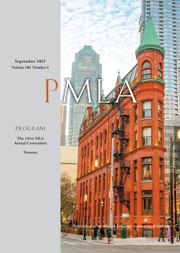No CrossRef data available.
Article contents
“The True and Only Bones of Columbus”: Relics, Archives, and Reversed Scenarios of Discovery
Published online by Cambridge University Press: 28 July 2022
Abstract
This essay examines the ceremonies surrounding the 1877 alleged finding of Christopher Columbus's remains in the cathedral of Santo Domingo. The act of exhuming a body believed to be in Spain's possession posed a challenge for the former colonial power, which was in the process of turning Columbus into a national symbol. The Spanish government forcefully denied the legitimacy of the Dominican claim, calling it a “spectacle” contrived by the nation's religious and civil authorities. Building on Diana Taylor's theoretical framework, the essay looks at the 1877 ceremonies as social performances that facilitated the transmission of deeply rooted cultural memories. Whereas the procession of the remains from the cathedral to the church repeated the ritualized gestures prescribed for the discovery and transfer of relics, the performance enacted in the cathedral upended a different “scenario of discovery”—the one enacted by Spanish conquerors when they took possession of a new territory.
Information
- Type
- Essay
- Information
- Copyright
- Copyright © 2022 The Author(s). Published by Cambridge University Press on behalf of the Modern Language Association of America

